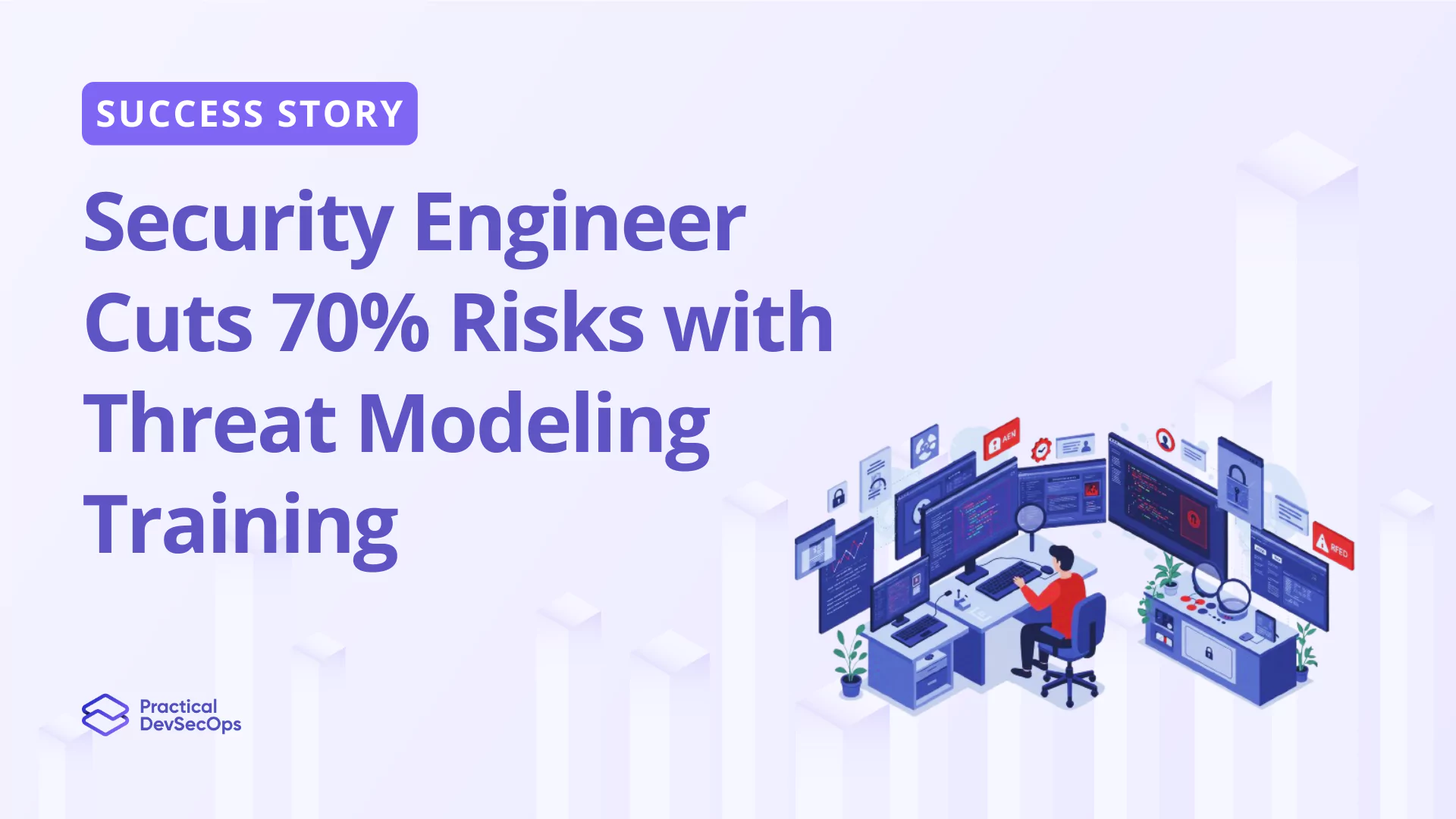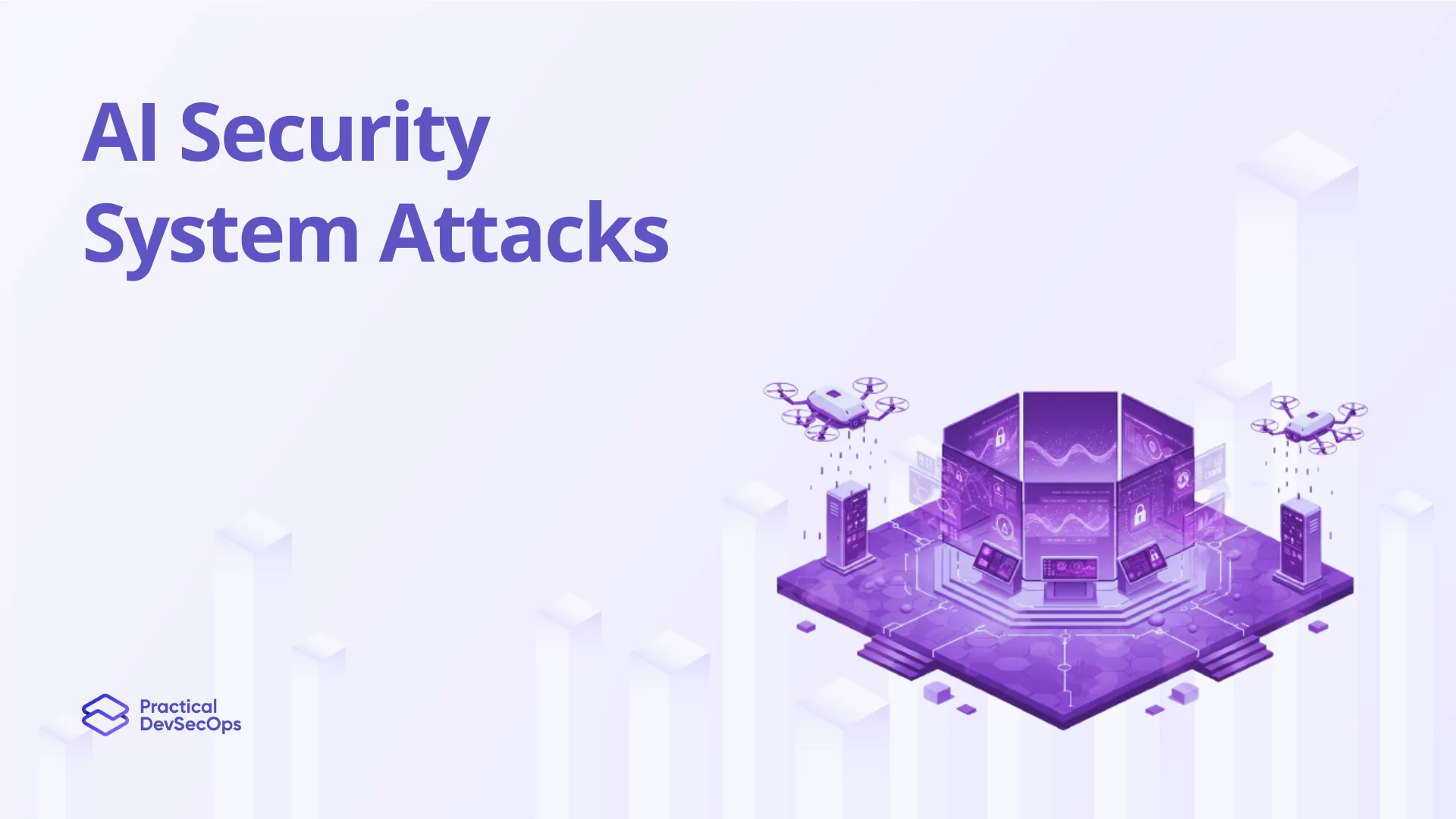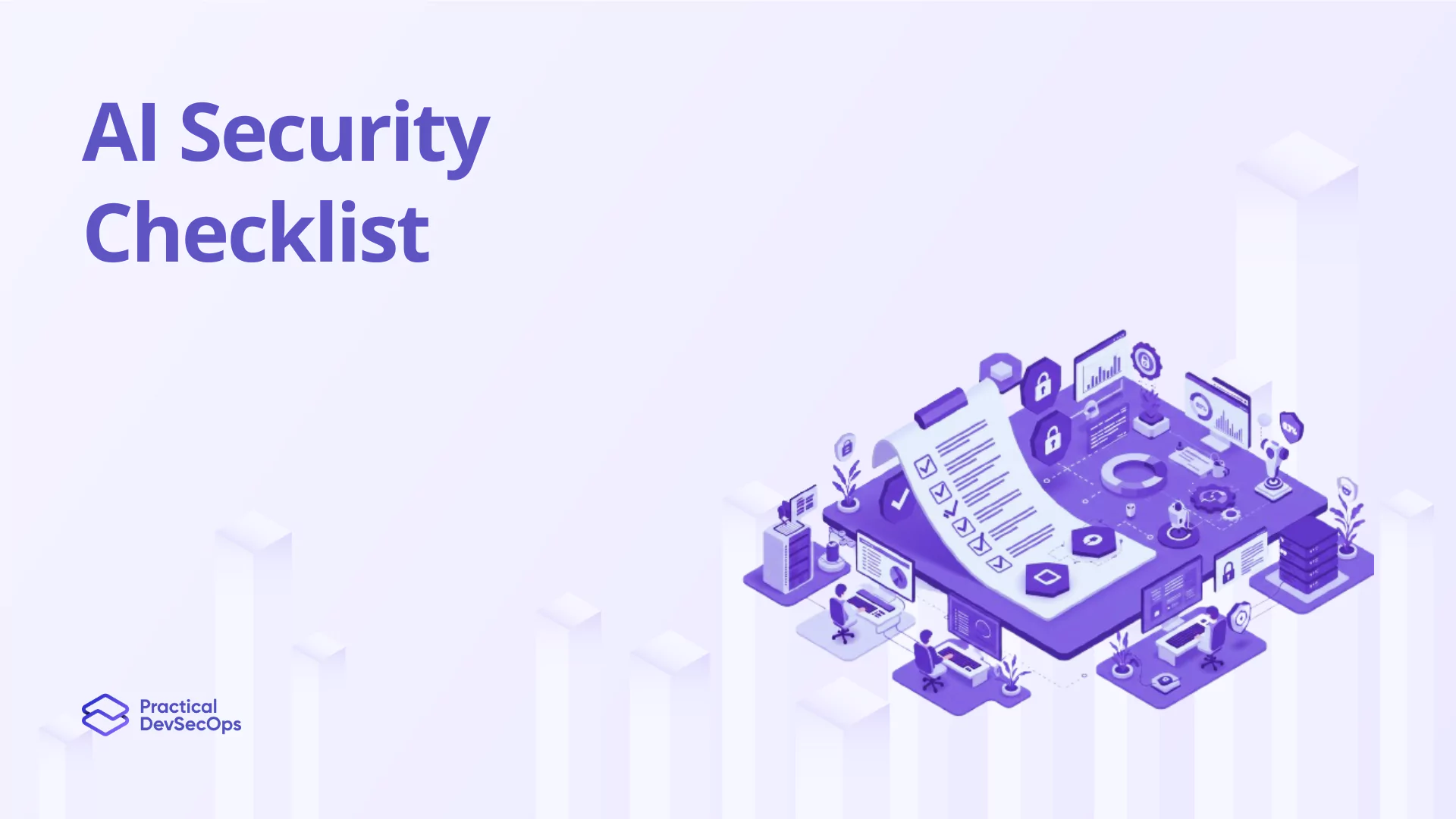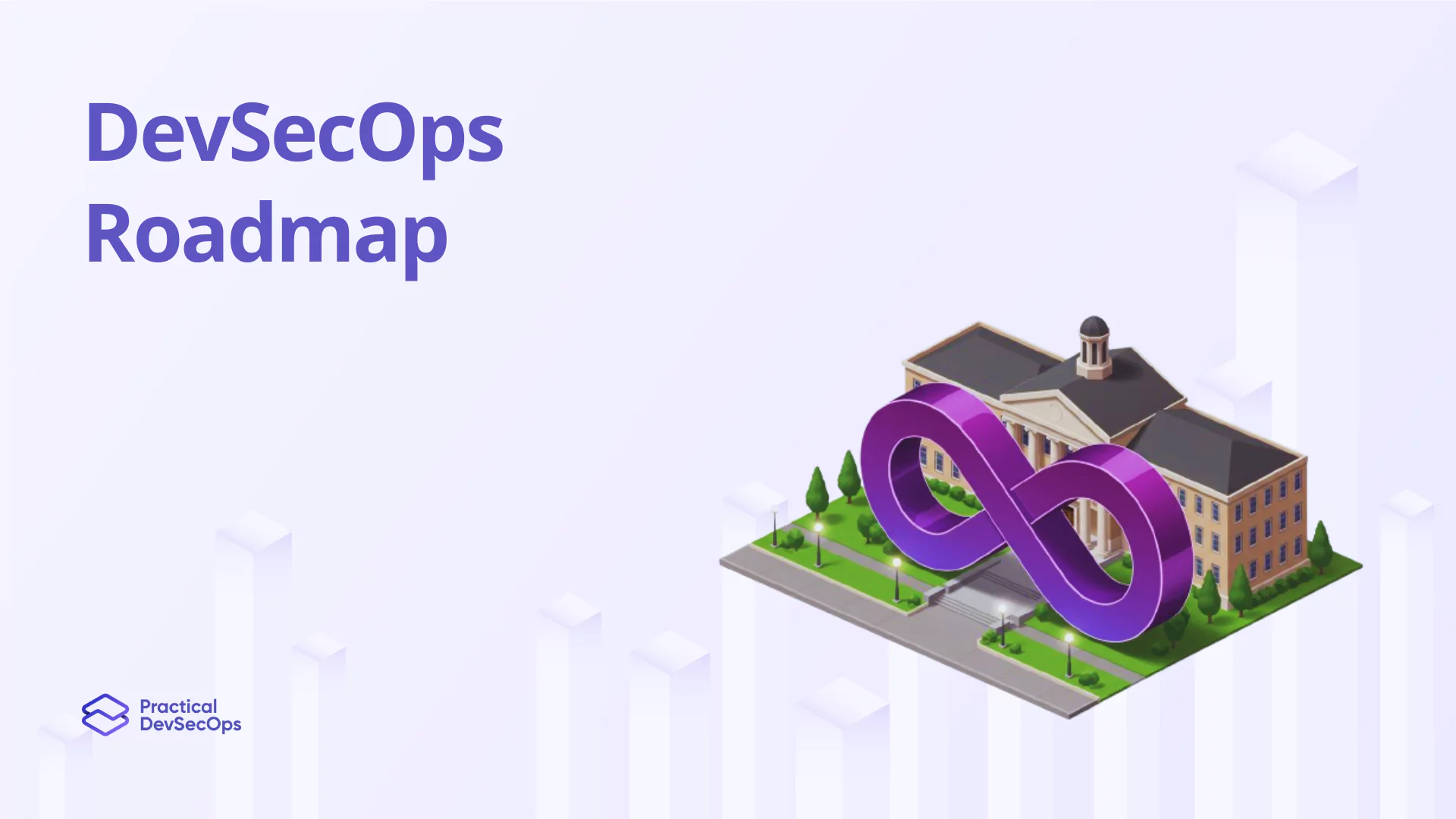As a cybersecurity professional, you understand that threat modeling is critical to any organization’s security strategy. Threat modeling allows organizations to identify potential threats, assess their risks and impacts, and develop mitigation strategies.
If you’re looking to interview a threat modeling expert or are preparing for a career in cybersecurity, what should you expect? What are the kind of questions that you’ll be asked? In this article, we will explore common threat modeling interview questions to help you prepare.
50 Threat Modeling Interview Questions and Answers
It’s important to prepare for interviews. Here are some essential threat modeling interview questions and answers to consider.
Entry-Level Threat Modeling Interview Questions
1. Explain the concept of attack trees and how they are used in threat modeling.
Attack trees are a visual representation of a potential attack scenario. The tree has a root (the goal of the attack) and branches (the steps to achieve the goal). By breaking down an attack into smaller steps, organizations can better understand the attacker’s motivations and identify vulnerabilities in their defenses. The attack tree can be used to prioritize risks and identify potential security controls to mitigate them.
2. How do you integrate threat modeling into an agile development process?
Threat modeling can be integrated into an agile development process by incorporating it into the sprint planning process. During the planning stage, the team can identify and prioritize potential threats based on their risk and impact. The development team can then design and implement security controls to mitigate these risks in each sprint. This approach allows for continuous security improvement in the development process.
3. What are the different types of threat modeling methodologies?
There are several types of threat modeling methodologies, including:
- STRIDE (threat categories): a mnemonic framework that stands for Spoofing, Tampering, Repudiation, Information disclosure, Denial of Service, and Elevation of privilege.
- DREAD (risk rating): a score-based approach that stands for Damage, Reproducibility, Exploitability, Affected users, and Discoverability
- Trike (structured approach): a framework that involves identifying assets, attackers, vulnerabilities, and attack vectors for each identified asset.
- PASTA (structured approach): an acronym that stands for Process for Attack Simulation and Threat Analysis. PASTA involves a structured approach to threat modeling that includes asset identification, attacker profiling, threat analysis, and risk estimation.
- VAST (scenario-based): a scenario-based approach that involves defining a set of attack scenarios based on the system, network, or application under review.
4. How do you handle incomplete or limited information during threat modeling?
Handling incomplete or limited information requires a creative and analytical mindset. Security professionals need to make assumptions based on what they know and what they think the system or application is doing. They also need to ask questions and seek clarification from stakeholders.
5. How do you involve stakeholders in the threat modeling process?
To involve stakeholders in the threat modeling process, security professionals need to communicate the importance of threat modeling and how it can benefit the system or application. They also need to seek input from stakeholders on potential threats and risks. Finally, they need to document the findings and share them with stakeholders.
6. Can you provide an example of a threat modeling tool you have used?
One example of a threat modeling tool is Microsoft’s Threat Modeling Tool. This tool provides templates for various types of applications, making it easier to identify potential threats and prioritize countermeasures. Other popular threat modeling tools include Irius Risk and the Open Web Application Security Project (OWASP) Threat Dragon.
7. How do you communicate threat modeling results to non-technical stakeholders?
The results of threat modeling exercises can be communicated to non-technical stakeholders in a simple and clear way by using non-technical language, graphics, and examples. Creating a presentation that can provide an overview and details of the threat model is also helpful.
8. Explain the concept of data flow diagrams in threat modeling?
Data flow diagrams are a critical component in the process of identifying potential threats and vulnerabilities in an organization’s systems. Data flow diagrams help identify the sources, the recipients of data, and the various data usage levels. This identification helps to pinpoint possible weaknesses and undertake appropriate mitigation action.
9. How do you ensure threat modeling is conducted regularly throughout the software development lifecycle?
Threat modeling should be an integrated part of the software development lifecycle. Regularly schedule threat modeling evaluations to identify and address potential risks. Conduct threat modeling evaluations during the design phase, after each sprint, and before deployment. Integrate a threat modeling training program for employees to raise awareness of potential threats.
10. How do you approach threat modeling for web applications?
When it comes to threat modeling for web applications, it is essential to identify the system boundaries, including the input/output of the system, data flows, and trust boundaries. Additionally, you need to assess potential attack vectors, such as injection attacks, cross-site scripting, cross-site request forgery, and unauthorized access. Proper risk assessment is crucial to identify and prioritize potential threats, which are then addressed during the development process.
11. Explain how you would prioritize threats based on risk assessment?
Prioritizing threats based on risk assessment involves considering the likelihood and impact of a threat occurring. Security professionals need to identify potential threats, estimate the probability of occurrence, and determine the impact of the threat. They can prioritize countermeasures to mitigate or eliminate the risk based on the likelihood and impact.
12. What is the STRIDE model, and how is it used in threat modeling?
STRIDE stands for Spoofing, Tampering, Repudiation, Information Disclosure, Denial of Service, and Elevation of Privilege. This model is used to identify potential threats that can affect the confidentiality, integrity, and availability of a system or application. It helps security professionals come up with countermeasures to mitigate these potential threats.
13. Can you explain the concept of trust boundaries in threat modeling?
Trust boundaries are a critical aspect of threat modeling as it helps to identify points where data moves from one trusted entity to another. In simpler terms, trust boundaries divide an application into two primary parts: trusted and untrusted. Identifying trust boundaries is crucial for understanding where data can be manipulated, intercepted, or exposed to a potential attacker.
14. Explain the concept of security misconfigurations and how they can be mitigated?
Security misconfigurations are a common cause of system vulnerabilities and can occur when systems are configured out of order, not configured correctly, or misconfigured. Mitigate this risk by ensuring that security teams review all system configurations to identify any potential misconfigurations.
Intermediate/Experienced/Middle-Level Threat Modeling Interview Questions
15. What are the differences between proactive and reactive threat modeling?
Proactive threat modeling, also known as ‘security by design,’ involves building security into a system during its development phase. It’s a preventative approach to threat modeling that helps minimize unexpected vulnerabilities. Reactive threat modeling, on the other hand, involves identifying and addressing potential security risks after a system has been deployed.
16. What are the key considerations for threat modeling in IoT environments?
IoT environments pose unique threat modeling challenges due to their interconnected nature and the devices’ heterogeneity. The key considerations for threat modeling in IoT environments include identifying potential attack surfaces, assessing the risks associated with these surfaces, and developing controls to mitigate these risks. Organizations must also be aware of the potential for attacks on the devices themselves and attacks on the network infrastructure that supports them.
17. How do you assess the security risks associated with third-party APIs in threat modeling?
Third-party APIs can introduce security risks to an organization by exposing vulnerabilities in the systems they integrate. When assessing security risks associated with third-party APIs, it’s important to identify the types of data that will be exchanged, the controls used to protect this data, and the security history of the API provider. Organizations can use the threat modeling process to identify and develop strategies to mitigate these risks.
18. Explain the concept of threat modeling for containerized environments (e.g., Docker, Kubernetes).
Containers such as Docker and Kubernetes have become increasingly popular recently but also introduce unique security challenges.
Threat modeling for containerized environments involves identifying the potential attack surfaces presented by the containers themselves and the components of the underlying infrastructure.
Here are a few areas to focus on, while threat modeling for containerized environments:
- Securing the container images, since threats can arise from malicious images
- Securing the container runtime, since threats can arise from container runtime misconfigurations
- Securing the container host, since threats can arise from vulnerable host operating systems
- Securing the container networks
- Being aware of threats that arise from containers running in shared cloud environments
- Thinking of threats at the container orchestrator level. For example: A Kubernetes cluster’s API server running with poorly configured authentication, and authorization
19. Explain the concept of threat modeling for software-defined networking (SDN) environments?
The network is managed through software rather than traditional hardware routers and switches in SDN environments. Threat modeling for SDN environments involves identifying the potential attack surfaces presented by the software-defined network controller and its network infrastructure. Organizations must also consider the potential for attacks on the software-defined network infrastructure and the virtual machines and applications that use it.
20. How do you address the security challenges associated with serverless computing in threat modeling?
Serverless computing presents unique security challenges due to the cloud functions’ dynamic nature. Threat modeling for serverless computing involves identifying potential attack surfaces presented by the serverless platform and the cloud environment as a whole. Organizations must also consider the potential for attacks on the serverless functions themselves and the potential for misconfigured security controls.
21. Can you describe any threat modeling techniques specifically for industrial control systems (ICS)?
ICS environments have unique threat modeling challenges due to the complexity and interconnected nature of the systems involved. Threat modeling techniques for ICS environments involve identifying potential attack surfaces presented by the control systems and the integrated components and the potential for attacks on the underlying network infrastructure. Organizations must also consider the potential for physical attacks on the control systems.
22. What is the role of risk management in threat modeling?
Risk management plays a crucial role in threat modeling. It involves identifying, analyzing, and prioritizing potential risks to a system or application. Based on the level of risk, security professionals can then decide on the appropriate countermeasures to mitigate or eliminate the risks.
23. Can you provide an example of a threat modeling scenario involving cloud infrastructure?
An example of a threat modeling scenario for cloud infrastructure involves identifying potential vulnerabilities such as data breaches, DDoS attacks, and insider threats. By analyzing the system, the business’s strategy and objectives, different threat scenarios can be explored, vulnerabilities identified, and corresponding security measures put in place to address them.
24. How do you address security threats specific to Mobile Applications?
To address security threats in mobile applications, issues such as data storage practices, data transmission mechanisms, and access controls should be investigated. Threat modeling should be used to identify potential threats and determine the most effective security controls to mitigate the risks.
25. Explain the concept of threat modeling for network infrastructure?
Threat modeling for network infrastructure involves identifying potential threats and risks to the network components, including switches, routers, firewalls, and other network devices. It is essential to map the network topology and understand the different entry/exit points to identify potential vulnerabilities attackers could exploit. You should also consider encryption and access control mechanisms to help mitigate the identified risks.
26. How do you address the security challenges associated with hybrid cloud environments in threat modeling?
Hybrid cloud environments present unique threat modeling challenges due to the integration of on-premises and cloud-based resources. Threat modeling in hybrid cloud environments involves identifying potential attack surfaces presented by the cloud-based resources and the on-premises infrastructure, as well as the potential for attacks on the network infrastructure that connects them. Organizations must also consider how data is transferred between on-premises and cloud-based resources and how to ensure its security.
27. How do you incorporate threat modeling into DevOps practices?
Threat modeling is essential in a DevOps approach, there are multiple benefits of integrating threat modeling into the software development process.
A few ways to include threat modeling in DevOps:
- Consider Threat modeling during initial planning activities
- Consider Threat modeling during initial and subsequent design phases or design changes
- Consider revising threat models as the system evolves
- Consider the new automated approaches to threat modeling to aid in the process of identifying threats
28. How do you handle privacy concerns in threat modeling?
Privacy is a crucial aspect of threat modeling. It involves identifying potential privacy violations and threats resulting from data leaks. To handle privacy concerns, you must carefully identify data flow patterns and handle sensitive data. You can ensure data transparency by providing adequate data protection standards and end-to-end encryption.
29. How do you handle the trade-off between usability and security in threat modeling?
When threat modeling, you need to ensure that you strike a balance between security and usability. You would rather not create a too rigid and secure system, as it may impact usability. On the other hand, a system that is too flexible may compromise security. The key to striking a balance is to identify the critical security features and usability requirements early in the development process.
Senior-level Threat Modeling Interview Questions
30. How do you ensure threat modeling aligns with business goals and objectives?
Business goals and objectives can be achieved through an effective threat modeling process. Security professionals need to understand the business requirements and identify potential threats that can hinder the business from achieving its goals. They need to prioritize countermeasures that align with business goals and ensure that the proposed countermeasures do not hurt business operations.
31. How do you integrate threat modeling into an agile development process?
Integrating threat modeling into an agile development process involves a shift-left mindset. Threat modeling needs to be incorporated into the planning and design phase of the development process. Security professionals and developers must work collaboratively to identify threats and prioritize countermeasures. By integrating threat modeling into an agile development process, teams can identify and mitigate potential security threats earlier, reducing the cost of fixing security vulnerabilities in production.
32. Can you describe any challenges you have faced while conducting threat modeling?
Conducting threat modeling is a complex process. Some of the challenges that security professionals face include handling incomplete or limited information, identifying potential threats that are not in the database, prioritizing countermeasures when faced with multiple risks, and communicating the findings to stakeholders. These challenges can be overcome by brainstorming, risk analysis, and effective communication.
33. How do you ensure that threat models remain up-to-date?
Threat models are dynamic and need regular updates as technology changes. Therefore, it’s important to establish a process to update your models regularly. One way is to assign a specific team or individual to monitor and update your threat models. This team must keep track of the latest developments in the industry and modify the models to reflect potential threats.
34. What is the role of threat intelligence in threat modeling?
Threat intelligence provides in-depth information about potential threats and threat actors. In threat modeling, threat intelligence information is used to inform and guide the creation of accurate and effective threat models that can thwart possible cyberattacks.
35. How do you validate the effectiveness of security controls identified in a threat model?
To validate the effectiveness of your security controls, you can run penetration testing, vulnerability scanning, and audits to ensure that the controls identified in your threat model are functional and effective.
36. Can you discuss the role of threat modeling in regulatory compliance?
Threat modeling can help organizations comply with various regulatory requirements such as GDPR, HIPAA, ISO 27001, and PCI-DSS. Threat modeling enables compliance professionals to better identify risks to personal data, how it is stored, and how it can be protected.
37. How do you ensure that threat modeling activities are conducted efficiently?
To ensure that threat modeling activities are conducted efficiently, the team should establish a specific process to be followed during the threat modeling exercise. This process should be clearly defined, with roles and responsibilities outlined for each team member. Adequate documentation should also be provided to guide the team members in implementing the exercise.
38. How do you approach threat modeling for a complex, distributed system?
When it comes to complex, distributed systems, it’s essential to use a risk-driven approach based on the criticality of the system components and available attack surfaces. Start with identifying data flows and trust boundaries before focusing on potential threats. Utilize a tool like architecture diagrams to map out different data flows, interactions, and dependencies to identify risks better.
39. What are the key factors when evaluating third-party risks in threat modeling?
Third-party software, services, and vendors can introduce unknown risks to a system. It’s important to evaluate third-party risks by identifying trusted security partners, reviewing vendor security certifications, assessing data encryption standards, and conducting thorough vendor background checks.
40. What are the challenges associated with threat modeling for legacy systems?
Threat modeling for legacy systems presents several challenges due to their complexity, outdated technology, and lack of documentation. Start by taking an inventory of existing systems and understanding any vulnerabilities and threats they face. Take a deep dive into the technology stack and develop a mitigation plan to help reduce potential risks.
41. Can you describe any specific threat modeling frameworks you have used?
A popular threat modeling framework is the STRIDE threat model used to identify threats systematically. STRIDE stands for Spoofing, Tampering, Repudiation, Information Disclosure, Denial of Service, and Elevation of Privilege. Another widely used framework is DREAD, which stands for Damage, Reproducibility, Exploitability, Affected Users, and Discoverability.
42. How do you address insider threats in threat modeling?
Identifying insider threats requires a different approach than detecting external threats. Start by identifying potential vulnerabilities insiders may exploit and set up user privilege access control mechanisms. Regular audit log reviews, detecting abnormal behavior, and implementing security awareness training for all employees can help reduce insider threat risk.
43. Can you discuss any ethical considerations in threat modeling?
One essential consideration in threat modeling is ethics. Ensuring you’re not infringing ethical boundaries in the process is crucial. Examples of ethical issues in threat modeling may include invading privacy rights and information manipulation. As an expert in threat modeling, you must clearly understand the ethical implications of the process.
44. How do you integrate threat modeling with incident response processes?
Integrating threat modeling with incident response processes helps you detect and analyze security incidents more efficiently. By analyzing incidents, you can identify potential flaws in the threat model and adjust accordingly. Furthermore, it helps you identify and prioritize potential weaknesses in your system, which are then factored into threat modeling exercises.
45. What are the common security challenges in threat modeling for microservices architectures?
Microservices architecture presents a few notable security challenges in threat modeling. For instance, the distributed nature of microservices can make identifying attack vectors and potential threats quite daunting. Additionally, scalability and interoperability issues can also be challenging when it comes to identifying and resolving potential vulnerabilities.
46. Explain the concept of threat modeling for embedded systems?
Threat modeling for embedded systems involves identifying potential threats and vulnerabilities to embedded devices that are part of a larger system. You need to consider the device’s functionality and the system it is part of, as well as any protocols it uses. Additionally, you should assess the device’s physical security and potential attack vectors, such as firmware updates, USB attacks, and power supplies.
47. Can you discuss any specific threat modeling considerations for financial institutions?
Financial institutions have unique security challenges, and threat modeling must be tailored to meet these needs. In this environment, confidentiality, integrity, and availability are essential. It is crucial to identify potential threats, such as data breaches, fraudulent transactions, and cyber attacks. Compliance with security standards and regulations should also be a key consideration.
48. How do you ensure threat modeling activities are scalable across large organizations?
When conducting threat modeling exercises, scalability is crucial. One way to ensure scalability is to use standardized methodologies such as STRIDE, DREAD, or PASTA. Additionally, having clear communication and collaboration protocols is paramount to ensure that the entire organization is aware of the process and the expected outcomes.
49. How do you integrate threat modeling with penetration testing and vulnerability assessments?
To integrate threat modeling with penetration testing and vulnerability assessments:
- Start with threat modeling to identify potential risks and prioritize them based on their impact and likelihood.
- Use the threat model as a basis for conducting penetration testing and vulnerability assessments to validate and verify the identified risks.
- Use the findings from penetration testing and vulnerability assessments to refine and update the threat model.
- Repeat the cycle regularly to ensure ongoing security and maintain the effectiveness of the security program.
50. How do you integrate threat modeling with secure coding practices and code review processes?
Integrating threat modeling with secure coding practices and code review processes involves identifying potential vulnerabilities early in the development process and addressing them proactively. By integrating threat modeling into the software development lifecycle, organizations can identify potential security vulnerabilities before they become significant threats. Threat modeling can also prioritize code review efforts based on identified risks.
51. Explain the concept of “threat libraries” and how you would use them to enhance the efficiency and coverage of your threat modeling process?
I leverage threat libraries as my efficiency strategy. Instead of starting from scratch, I pull from established collections of threats, attacks, and solutions for specific tech and industries. For fintech projects, I use CAPEC, ATTACK, and financial services libraries to quickly pinpoint relevant threats.
But these libraries are starting points, not checklists. The real mistake teams make is applying them without customization. The greatest value comes from building your own organizational threat library that captures your unique institutional knowledge.
52. How would you adapt threat modeling methodologies when working with zero-trust architecture?
Zero-trust fundamentally changes threat modeling by eliminating the concept of “trusted zones.” Instead of assuming safety within a perimeter, I treat every component as potentially compromised.
This shifts my focus from perimeter defense to mapping every authentication and authorization point as critical. My data flow diagrams evolve into authorization flow diagrams, with identity providers and token validation mechanisms requiring special scrutiny as they become prime targets.
The core methodology transforms from “keep attackers out” to “contain the impact of compromise.” While this approach demands more detailed modeling, it ultimately creates more resilient systems.
53. What strategies do you employ to measure the effectiveness and ROI of your threat modeling program?
I track both quantitative and qualitative metrics to measure threat modeling ROI. For hard numbers, I focus on “shift-left” indicators: vulnerabilities caught in design versus production, security defect reduction over time, and remediation cost savings.
On the qualitative side, I survey development teams about their security confidence and track how architectural decisions change based on our modeling.
The most compelling evidence comes from “near misses” – situations where our implemented controls successfully blocked threats we had previously modeled. These real-world validations not only prove our value to leadership but also help us refine and improve our entire program.
54. How do you approach threat modeling for supply chain security, particularly for software dependencies?
I create comprehensive dependency graphs for supply chain threat modeling that go beyond just direct dependencies to include build tools, CI/CD systems, and package repositories. Trust boundaries must extend to the maintainers themselves and their security practices.
I regularly model scenarios like “what happens if this popular library gets compromised?” and implement integrity verification controls accordingly. SolarWinds proved that supply chain attacks aren’t theoretical – they’re real threats.
My practical approach combines SBOM generation, verified builds, and dependency pinning, with regular reviews as the threat landscape evolves.
55. Describe how you would incorporate adversary emulation or “red team thinking” into your threat modeling process?
I bring red team perspectives into threat modeling by assigning team members to roleplay specific threat actors during sessions. They ask questions like “As a state-sponsored actor, how would I attack this system?” This role-playing generates insights that purely methodology-driven approaches often miss.
The most effective sessions combine structured methods like STRIDE with adversary emulation to test how credible our controls really are. My goal goes beyond just identifying threats – I want to verify that our mitigations would actually stop motivated attackers.
Conclusion
In conclusion, threat modeling is critical to an organization’s cybersecurity strategy. It involves identifying potential security risks, assessing their impact, and developing mitigation strategies. Organizations should use the appropriate threat modeling methodologies, integrate them with secure coding practices and agile development processes, address unique challenges presented by specific environments such as IoT, containers, and hybrid cloud environments, and leverage the expertise of certified cybersecurity professionals to ensure they stay ahead of evolving threats. And it’s always a plus if affordable security certifications are available to help advance your career in cybersecurity.
The Certified Threat Modeling Professional (CTMP) is a vendor-neutral course and certification program. The curriculum will also focus on Security requirements in agile environments, Agile Threat modeling, Threat Modeling as Code, and Secure Design Principles to help you ensure security in the design phase.
The course provides hands-on training through browser-based labs, 24/7 instructor support, and the best learning resources to upskill in Threat Modeling.
Start your journey mastering Threat Modeling today with Practical DevSecOps!







0 Comments